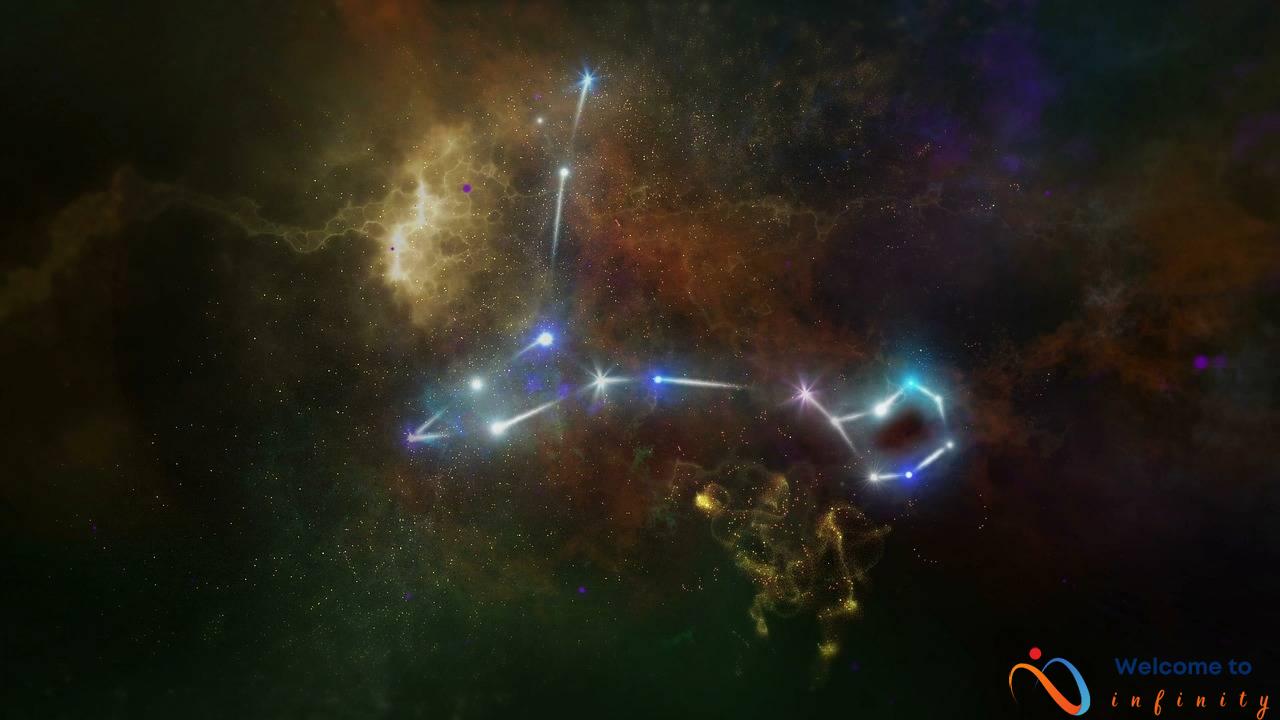Uranus is the seventh planet from the Sun and one of the most fascinating planets in our solar system. The planet's unique feature of rotating rings around it has astonished astronomers since its discovery. Uranus' rings were found by scientists in 1977, making it the first planet ever detected with a ring system.
Unlike other planets with rings, like Saturn, Uranus' rings are darker and more difficult to observe. The planet has at least 13 known rings, with some of the rings so thin that they can be less than a kilometer wide. Uranus also has several moons, and some of these moons interact with the rings in unexpected ways, causing gaps or waves in the ring system.
The discovery and study of Uranus' ring system has provided important insights into the formation and evolution of planets. It has led researchers to ask new questions and develop new theories about how planets acquire and maintain rings and how these rings change over time.
- Uranus has an unusual tilt of its axis, which causes its rings to rotate around the planet vertically, unlike other planets where the rings rotate horizontally.
- Uranus' ring system contains different types of particles, including dust, ice, and rocks. These particles range in size from micrometers to several meters in diameter.
- The rings around Uranus are constantly changing, with particles colliding and changing orbits or being pushed around by the planet's magnetic field, making their orientation unpredictable and fascinating to study.
As more sophisticated telescopes and spacecraft are developed, scientists will continue to learn about Uranus and its fascinating ring system. This research could help scientists better understand the origins of our solar system and how planets and their moons are formed and evolved.
The Discovery of Uranus' Rings
William Herschel, a German-born British astronomer, discovered Uranus in 1781 using a telescope he had built himself. At the time, Herschel believed he had discovered a new comet, but when he observed it further, he noticed its circular shape and realized it was a new planet. This made Uranus the first planet to be discovered in modern times, as well as the first that was not known to the ancient Greeks or Romans.
It wasn't until centuries later, in 1977, that the rings of Uranus were first detected. This discovery was made by a team of astronomers led by James L. Elliot, who were observing the planet to study its atmosphere. They noticed that the brightness of Uranus briefly dipped as it passed in front of a star, which they initially thought was due to the planet's atmosphere. However, after more observations, they realized that it was caused by something else: rings.
Further study of Uranus' rings was conducted using the Voyager 2 spacecraft, which flew by the planet in 1986. The data collected by Voyager 2 confirmed the existence of Uranus' rings and provided more information about their characteristics. Since then, astronomers have continued to study the planet and its rings using various telescopes and instruments.
The Composition and Structure of Uranus' Rings
The rings around Uranus are quite different from those around Saturn, being composed of darker, finer dust and ice particles. Due to this difference in composition, the rings around Uranus appear less visible, as they don't reflect as much light as those of Saturn. The rings around Uranus are believed to be much younger than those around Saturn, and they are constantly changing their orientation over time.
One unique feature of Uranus' rings is their narrowness. They vary in width from only a few kilometers to over 100 kilometers wide. Unlike other planets' rings, Uranus' rings are relatively homogeneous and do not have very large particles. The rings are believed to be the result of a collision between two small moons which then disintegrated.
Over time, the orientation of Uranus' rings has been observed to change. The rings are inclined about 98 degrees to the planet's equator, which is why scientists believe that they could have been formed by the collision of two moons which then disintegrated into the current ring system. The changing orientation may be due to the gravitational effects of Uranus' moons, particularly ones with a resonance time that matches the period of the rings, causing them to destabilize and shift.
In conclusion, the composition, structure, and orientation of Uranus' rings are unique and fascinating. They provide additional insight into the complex dynamics of the solar system and the extreme conditions of planets beyond our own. Further research and observation will undoubtedly reveal even more about this mysterious and intriguing planet.
Theories and Models of Uranus' Ring System
How did Uranus' ring system form and evolve over time? Scientists have proposed various models and theories to explain its origin. One theory suggests that the rings were formed from the debris of a moon-sized icy object that collided with Uranus long ago. Another hypothesis proposes that the rings were created through a process called “shepherd moons,” where small moons orbiting near the edge of the ring system gravitationally bind and shape the particles into rings.
Yet another model proposes that the rings were created by the accretion of leftover planetesimals (small celestial bodies) from the early days of the solar system. Whatever the case, scientists agree that the rings may be a relatively recent addition to Uranus, with an estimated age of just a few hundred million years.
The unique structure of Uranus' ring system has also led to ongoing research and study. The rings are narrow compared to other gas giants, with many consisting of individual ringlets rather than a single broad ring. Additionally, the orientation of the rings changes over time. This is likely due to the planet's tilted axis, which causes the rings to tilt and move at a different speed than the planet's rotation.
As scientists continue to study Uranus and its ring system, new models and theories will undoubtedly emerge. With the help of advanced telescopes and spacecraft, we may soon learn even more about this surprising planet and its fascinating ring system.
The Future of Uranus Research
With the advancement of technology and space exploration, scientists are making new discoveries about Uranus and its ring system. Researchers are using telescopes and spacecraft to study the planet's magnetic field, temperature, and atmospheric composition, among other factors. The latest research has led to new insights, such as the discovery of previously unknown moons and the confirmation that Uranus' ring system is composed of smaller particles than previously thought.
In the coming years, scientists plan to use new missions and data collection methods to continue studying Uranus. The James Webb Space Telescope, set to launch in 2021, will be able to study Uranus' atmosphere in detail and potentially discover new features. Additionally, the European Space Agency's JUICE mission, scheduled for launch in 2022, will fly by Uranus and study its moons and ring system.
One area of ongoing research is understanding how Uranus' tilted axis affects its ring system. It is believed that the planet's extreme tilt causes its magnetic field to tilt as well, potentially influencing the orientation of the rings. Researchers are using simulations and experiments to better understand this interaction.
As scientists continue to uncover new insights and data about Uranus, the possibilities for future discoveries and advancements are endless. The unique characteristics of Uranus and its ring system make it a fascinating subject of study, and with continued research, we will gain a better understanding of our solar system and the universe beyond.










